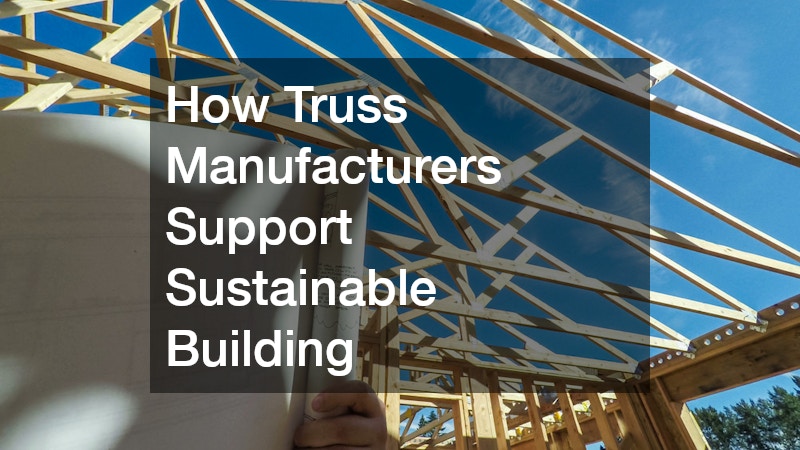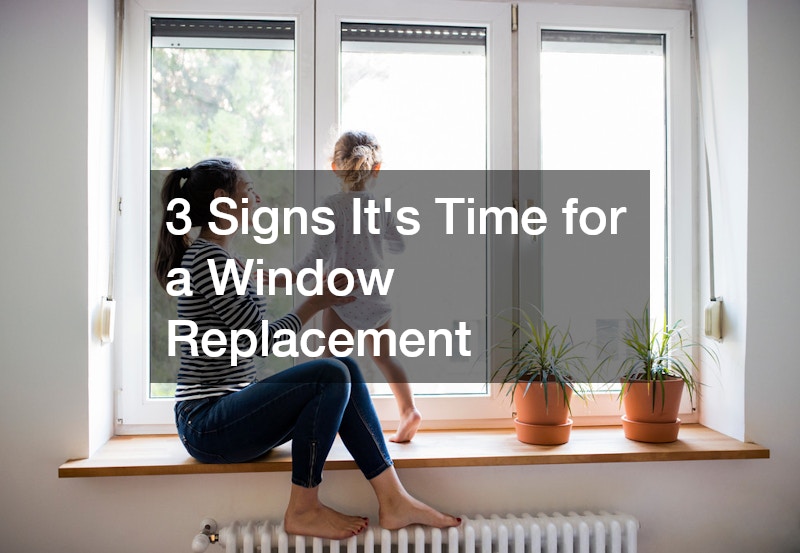Sustainable construction is no longer a niche trend — it’s a national priority. As the building industry shifts towards eco-conscious methods, the role of material suppliers has become increasingly important. Among them, truss manufacturers are emerging as key contributors to greener building practices across Australia. With their focus on efficiency, reduced waste and renewable materials, they’re helping contractors meet both regulatory standards and community expectations.
This article explores how truss manufacturers support sustainability in the building industry through design innovation, resource efficiency and environmental stewardship.
Efficient Design & Prefabrication
One of the most significant ways truss manufacturers support sustainable construction is through prefabrication. Timber & steel trusses are custom-engineered off-site to exact specifications, reducing the risk of over-ordering materials or making on-site adjustments. This level of precision helps minimise construction waste which remains one of the biggest environmental concerns in the industry.
By delivering ready-to-install trusses, manufacturers also help reduce the time spent on-site. Shorter construction periods mean less energy consumed during the build, fewer vehicle emissions from transport and lower disturbance to the surrounding environment. This efficiency also supports better scheduling and less reliance on heavy machinery, contributing to more environmentally responsible project outcomes.
Timber as a Renewable Resource
In many Australian construction projects, timber remains the preferred material for trusses — not only for its strength and versatility but also for its sustainability. Sourced responsibly, timber is a renewable material that stores carbon throughout its lifecycle. This carbon sequestration helps offset greenhouse gas emissions, a major advantage over more carbon-intensive alternatives such as concrete or steel.
A responsible truss manufacturer works with sustainably managed plantations, ensuring that every tree harvested is replaced and that biodiversity is preserved. Many suppliers are also certified under national and international forestry schemes such as Responsible Wood or FSC®, which enforce rigorous sustainability standards.
Beyond carbon storage, timber offers excellent thermal performance, particularly when integrated into well-insulated roofing systems. This can lead to long-term reductions in heating and cooling needs, enhancing the energy efficiency of the entire structure. When properly treated and maintained, timber trusses can last for decades, making them a low-maintenance and environmentally sound option.
Reduced Waste & Offcuts
Waste reduction is central to sustainable construction and truss manufacturers play a vital role in achieving this. Factory-controlled environments allow offcuts to be recycled, repurposed or even reintegrated into the production cycle. This contrasts with traditional on-site framing methods where excess material often ends up in landfill.
In addition, advanced software used in truss design can optimise material use by calculating the most efficient cutting patterns. This technology reduces offcuts and helps lower the carbon footprint of each truss system produced.
Some manufacturing facilities have invested in closed-loop processes, ensuring that sawdust, timber shavings and metal scraps are either reused or converted into energy. These measures not only reduce waste but also improve operational efficiency. The adoption of these circular practices is gaining traction across Australia, reflecting the broader shift towards sustainable industry models.
Supporting Green Building Standards & Ratings
The building industry is increasingly guided by sustainability frameworks such as Green Star, BASIX & the National Construction Code. Working with an experienced truss manufacturer can make it easier for builders to meet these requirements. Accurate documentation, sustainable sourcing and detailed energy-efficiency data all contribute to improved project ratings.
Some manufacturers go a step further by offering Environmental Product Declarations (EPDs), which provide transparent data about the environmental performance of their products. These reports help developers make informed decisions and demonstrate compliance with green building benchmarks.
Furthermore, by adopting low-emission adhesives & finishes in their products, many truss suppliers are improving indoor air quality and reducing the impact of volatile organic compounds (VOCs) on occupants.
Collaboration & Industry Innovation
Truss manufacturers often collaborate with architects, engineers & builders during the early design stages of a project. This early input allows them to advise on structural efficiency, sustainability trade-offs and optimal use of materials. As a result, projects benefit from designs that are both cost-effective and environmentally sound.
Innovation in truss design is also leading to new construction possibilities. Hybrid truss systems, which combine timber and steel for improved load capacity and reduced material use, are gaining popularity in larger residential and commercial buildings. These modern systems offer flexibility and durability while aligning with broader sustainability goals.
Manufacturers also contribute to workforce development by training builders and apprentices on sustainable installation methods. This investment in education supports safer sites, stronger outcomes and an industry better equipped for future challenges.
As sustainability becomes an integral part of modern construction, the contribution of the truss manufacturer is increasingly vital. From efficient design and waste reduction to supporting low-carbon materials and industry standards, these specialists play a crucial role in shaping the future of green building in Australia.
Working with a reputable truss manufacturer not only ensures structural reliability but also helps builders meet their environmental responsibilities. In a sector where every decision counts, partnering with sustainability-focused suppliers is one of the smartest choices a builder can make.
.






